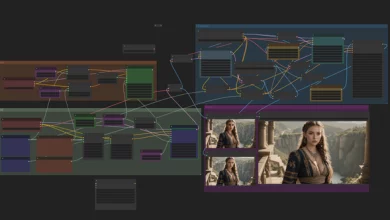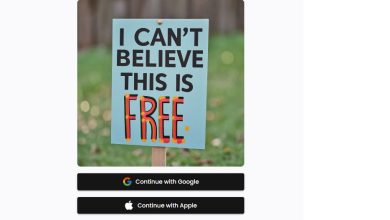
In the early 1980s when spreadsheets were first being used, they were at the height of sophisticated business software. Fast forward 40 years and data management have moved on considerably! Customer Relationship Management (CRM) software is revolutionizing the way in which businesses operate, across all company departments.
In today’s society, the customer really is king. A customer’s expectation to have their needs not only met but exceeded is greater than ever before. Due to the ease in which consumers can search for information, the competitiveness of many industries, and the growing culture around expecting an ‘all-round experience’, it is more important than ever to have the correct tools available to manage your customer relationships…and spreadsheets don’t quite cut it!
So, what are the signs that your business needs a CRM?
- You can’t easily find important customer information
- Managing customer data is time-consuming
- Customer data is being duplicated or stored in different locations or on different devices
- You notice errors within your data
- You can’t easily build a mailing list or send out email campaigns quickly
- Analyzing data is difficult and therefore it’s hard to make informed business decisions
- It is challenging for multiple users to access your data and make changes
- You can’t forecast sales and revenue
If you can identify with two or more points from the list above, then it’s time to move forward. By implementing a CRM, you will be transforming the way in which your company operates as well as enjoying numerous business benefits…
Accessibility
Accessing your data is one of the keys to success for so many companies. A CRM solution enables you to do this with ease by centralizes all your business information. You won’t waste time searching through multiple spreadsheets or contacting team members to access the data you need. By using a CRM you’ll increase your teams’ ability to work more efficiently and productively.
Many cloud-based CRM systems provide mobile access, meaning that your team can access the appropriate data via their smartphone, tablet, or laptop. As data is added or edited, your information is updated in real-time so everyone can see those changes regardless of whether they are working at home, in the office, on a business trip, or out on site. Most CRM’s also include offline capabilities, ensuring that changes update automatically as soon as a connection is available. This functionality means that you can be reassured that the data you see is correct and up to date.
Integration
Transferring data between business systems can be restrictive and time-consuming. For example; although Excel is part of the Microsoft Office suite it can be challenging to pull information from here, into other platforms and systems.
Using a CRM solution means that you can integrate with other applications allowing data to be transferred automatically. This eliminates the need for manual inputting and therefore eradicates human error.
A CRM solution also offers you the capabilities to be able to integrate with email and calendar software. Examples of this feature are:
- You give your team total transparency of customer correspondence
- You can view a full history of customer correspondence
- You can create a more personal approach to customer service
Analytics
A spreadsheet may have the capabilities to produce graphs, charts, and reports; but unless you understand or have the skills to extract and analyze this data, it can be almost impossible to gain valuable insight.
A CRM will provide you with a clear and accurate overview of your data to allow you to make all your critical business decisions. Most CRM systems have a built-in dashboard to allow you to analyze your data in real-time. Additionally, there are tools that can be integrated with a CRM; such as Microsoft Power BI, which allows you extra visualization functionality of your information and has the ability to drill-down even further to gain crucial decision-making insight.
Customization
The functionality of a spreadsheet isn’t very flexible when it comes to your business specifically. Every business is different and therefore a huge benefit of certain CRM software is that it is fully customizable. By implementing a Bespoke CRM, you are providing a solution that will meet your business’s every need and ensuring that it can scale with your growth. Additionally, it will provide you with the ability to guarantee a high level of customer service.
Automation
Spreadsheets do not provide automation as part of their standard functionality. A Bespoke CRM gives you the ability to create custom automation workflows to use throughout your business. Examples of these are:
- Marketing automation
- Campaign management
- Lead capture and tracking
- Quote, invoicing, and prospecting
Almost half of your business work activities have the potential to be automated using this technology and 30% of businesses experience financial savings as a result.
Ultimately by using automation you will boost productivity within your team and standardize workflows to protect your business from human error.
Security
Using spreadsheets to store your important business data means that your business is at risk of being exploited without your knowledge. It could be as simple as a team member leaving your employment having downloaded your data onto a USB.
A CRM solution provides security for your data by using a secure sign-in system. It gives you the ability to set user permissions around specific areas and therefore you can grant access to only users that require it.
It’s 2020 and it’s time to move forward. When it comes to running your business and managing your data, it’s pretty clear that spreadsheets have huge limitations. So, if your business is stuck in the 20th century make the change you need and implement a Customer Relationship Management system.




